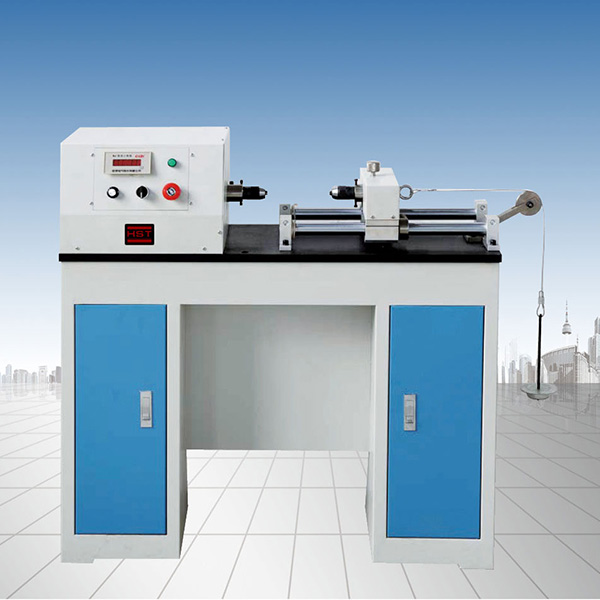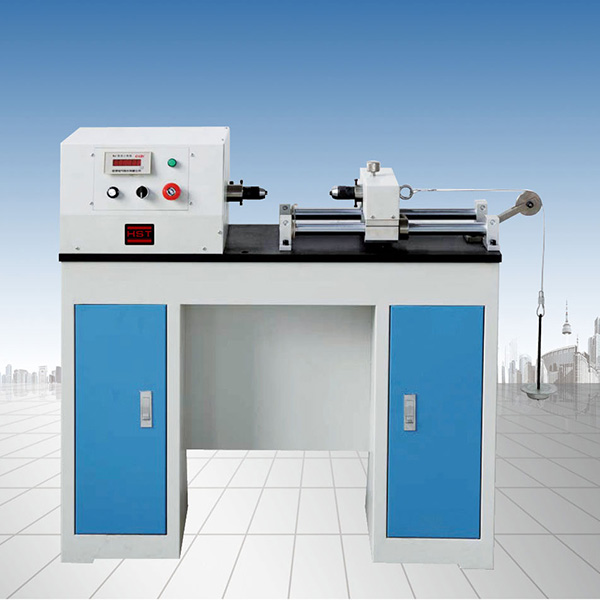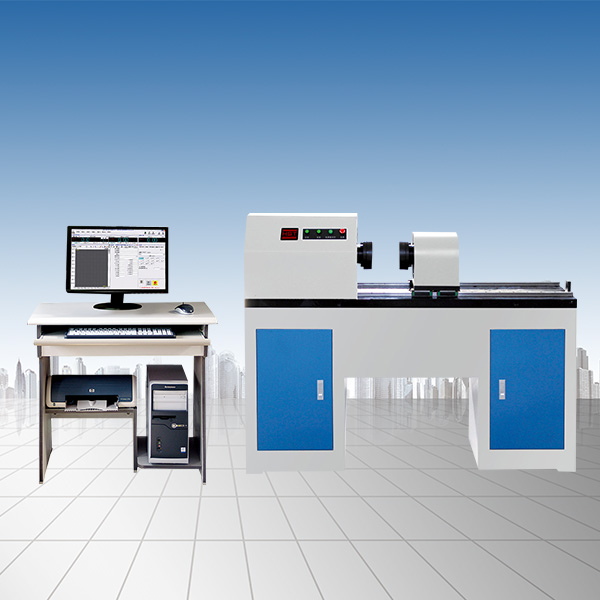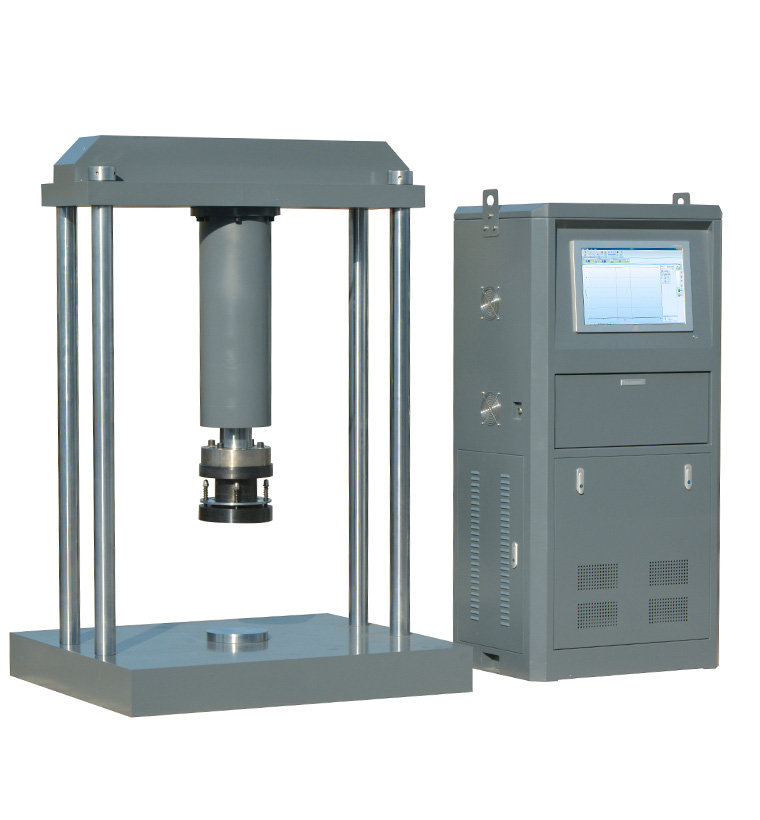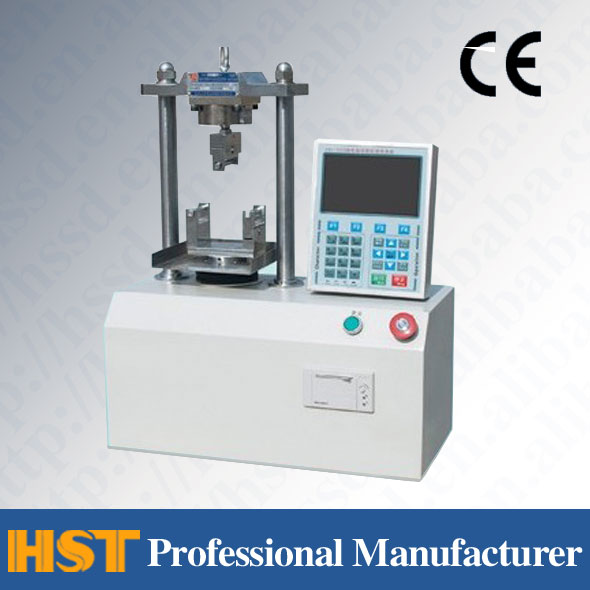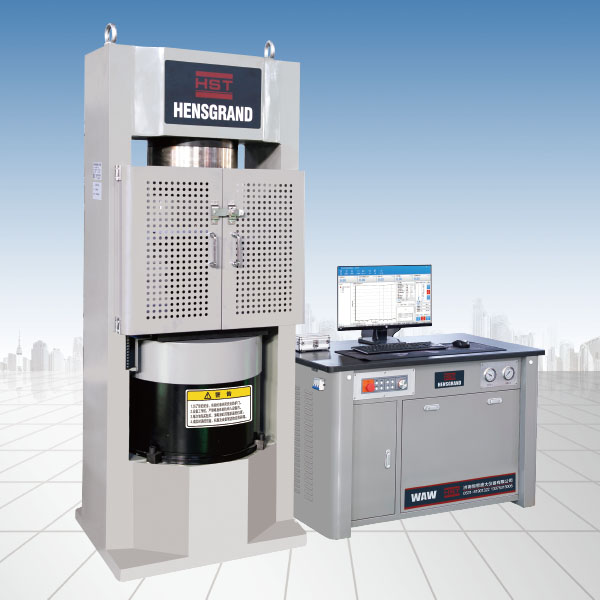Industry Information
The 2010 Xi'an Granule Academic Conference was grandly opened
Release time:2018-11-23 source:Jinan Hengsi Shanda Instrument Co., Ltd. Browse:
In order to summarize and exchange the research and development achievements of my country's particle technology in recent years and explore international research progress and development trends in this field, on August 16, 2010, the "Seventh (2010) Academic Annual Meeting of the Chinese Granule Society and Cross-Strait Particle Technology Seminar" was grandly opened at the Shaanxi Hotel in Xi'an (Zhangbagou Hotel in Shaanxi).
This session is sponsored by the Chinese Granule Society, Institute of Earth Environment, Chinese Academy of Sciences, Xi'an University of Architecture and Science and Technology, Taiwan University, and co-organized by the Testing Professional Committee of the Chinese Granule Society, Shanghai Granule Society, Beijing Powder Technology Association, Shaanxi Granule Society, and Process Engineering Institute of Chinese Academy of Sciences. Hundreds of experts, scholars, corporate representatives from the fields of granules and powder technology attended the meeting.
At the same time, the conference also invited 8 experts in the fields of granules and powder technology to give wonderful conference reports.
Professor Xu Delong from Xi'an University of Architecture and Technology
Report title: Ecologicalization of China's cement industry
As the only academician in the field of cement engineering in my country, Professor Xu Delong first introduced to everyone the profound meaning of the ecological cement industry, the theory of high solid-gas ratio and the application of ultra-fine powder technology in China. At the same time, Professor Xu Delong also emphasized his great achievements in energy conservation and emission reduction, and expressed his great optimism about the prospects for the ecologicalization of the cement industry.
Professor Yao Yongde of Furen University
Report title: Formation of Fe and Pt nanorods on nanoporous anodic aluminum oxides by controlled nuclear sites
Professor Yao Yongde explained that through this study of forming iron/platinum bilayer vertical alignment and inverted cone-like structures on nanoporous anodized aluminum templates, the magnetization inversion mechanism of magnetic nanoparticles can be confirmed. In addition, reducing the specified thickness of iron or (and) platinum can reduce the degree of magnetization, resulting in independent rotational reversal interactions.
Professor Lee Shuncheng, Hong Kong Polytechnic University
Report title: Carbonaceous aerosol - Past, now and future
Professor Li Shuncheng first briefly reviewed the domestic and international development of carbon aerosols, the impact of carbon aerosols on the environment, climate and human health, and the research progress of carbon element analysis instruments, and pointed out: "Environmental problems are becoming increasingly serious, and our challenges in energy conservation and emission reduction will continue to increase. However, energy conservation and emission reduction are not only aimed at carbon dioxide and carbon aerosols, but should control the emissions of all pollutants and play a synergistic role in the protection of the environment, climate and human health."
Professor Chen Jianfeng from Beijing University of Chemical Technology
Report title: Engineering and application of nanoparticles
Professor Chen Jianfeng successfully synthesized nanoparticle materials through the supergravity method, which caused strong responses at home and abroad. In addition, Professor Chen Jianfeng also said: "At present, the key scientific issues in nanoparticle material preparation engineering focus on three aspects: molecular thermodynamics, nanomaterial generation kinetics, and molecular reaction engineering. If nanotechnology is used to synthesize drug preparations, the international market prospects can reach as high as US$380 billion."
Professor Wang Xuezhong from Leeds University, UK
Report title: Multivariate SPC of emulsion and nanoparticle slurry processes based on process tomography, dynamic light scattering and acoustic spectroscopic data
Professor Wang Xuezhong used process tomography, dynamic light scattering and ultrasonic data to statistically control the multivariables of suspension and nanoparticle slurry processes. At the same time, Professor Wang Xuezhong also pointed out: "Online measurement is important for quality control of product production processes, but the application of online measurement is not common at present, and we need to make further efforts."
Professor Luo Guangsheng of Tsinghua University
Report title: Controllable preparation of powder materials and its industrial applications
Professor Luo Guangsheng said: "The efficient mixing and mass transfer properties of microchemical systems can provide a uniform reaction environment for the large-scale preparation of nanomaterials, and can better control the nucleation and growth process. In addition, the order of the flow pattern of the multiphase microdispersion system provides a good means to regulate the appearance of powder materials. However, further research in this area needs to be further studied."
Researcher Zhang Zhong, National Center for Nanoscience
Report title: Nanocomposite materials that combine the advantages of plastics and ceramics
Researcher Zhang Zhong said: "One of the important characteristics of nanocomposites is that because nanoparticles introduce huge interface areas into the matrix, nanoparticles can improve the key performance of polymer materials, including resistance to fatigue, creep and friction resistance. These materials have strong application prospects in automobiles, biological materials, electronic packaging materials, papermaking industry and other fields."
Mr. Shen Rui, chief engineer of powder process research and development at P&G (China) R&D center
Report title: Powder technology in consumer product industry
Mr. Shen Rui first introduced some daily consumer products involved in powder process production, such as toothpaste, soap, shampoo, batteries, laundry detergent, etc., and pointed out the current challenges facing powder process. At the same time, Mr. Shen Rui also said: "For open innovation, P&G pursues 'connection + development'. China has huge market, technology and innovation potential, and should pay more attention to 'connection + development'."
- Previous article:Guide to selecting sensors of test machine
- Next article:Impact testing machine price


















